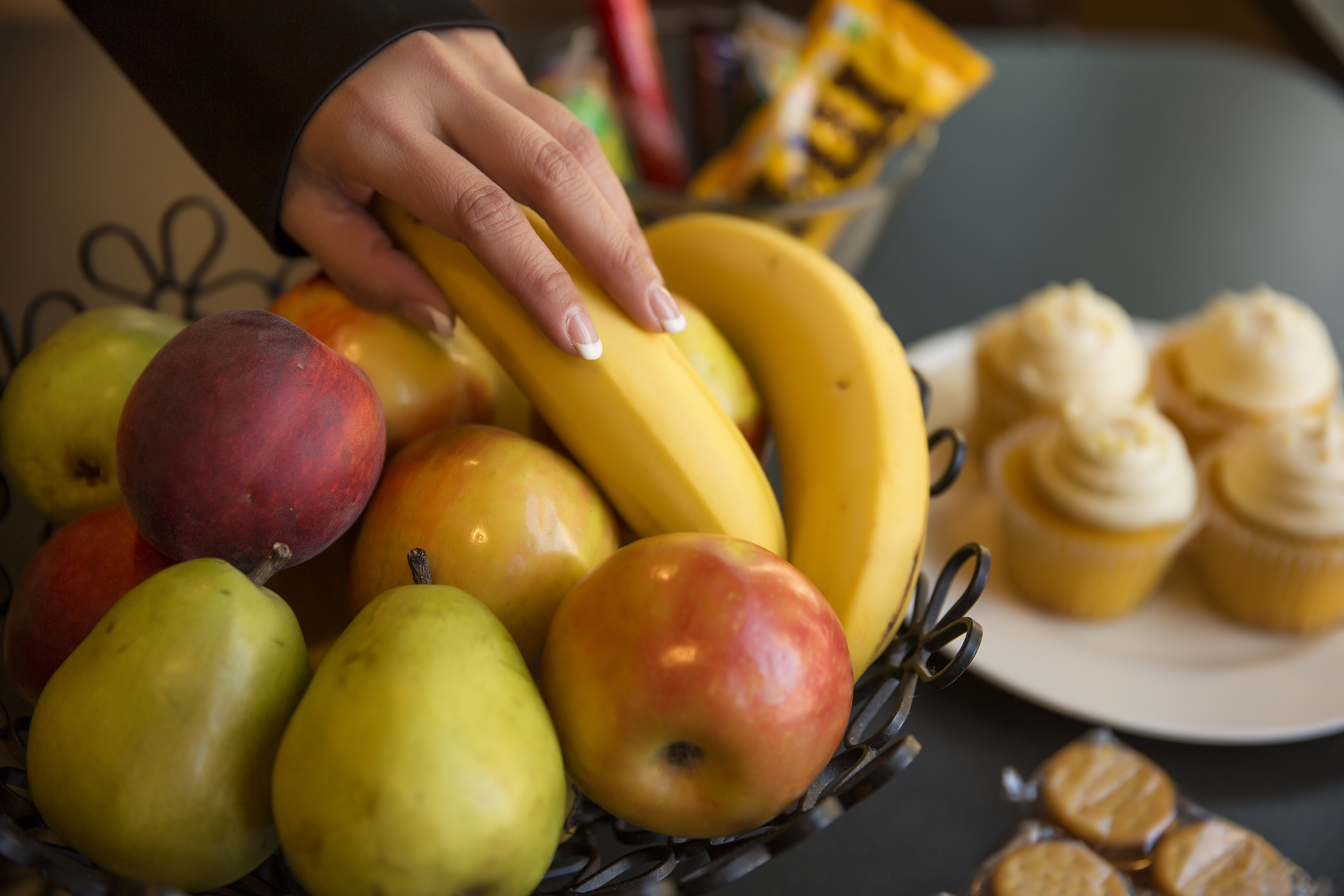On any weekday, when the clock strikes 8:52 a.m. and the bell rings, students at Field Kindley High School in Coffeyville come spilling out of their respective classrooms. Some head to their lockers, some head to their next class, but nearly 200 of them head daily to the school commons for a grab-and-go meal or snack.
It’s all part of the Late Breakfast Program at the high school and middle schools in USD 445 Coffeyville, which has continued to grow its participation and its share of student compliments during the past two years.
“Teenagers never seem to be morning people, and that means they often don’t allow enough time to eat breakfast before they come to school,†said Pam Lane, child nutrition director for USD 445. “This allows them to pick up breakfast after their first class of the day, which is more convenient for them, and helps them stay focused for the rest of their morning classes.â€
Though the idea had been discussed by Lane and her colleagues for years, the Late Breakfast Program never seemed to be a priority. Questions concerning a lack of participation, costs and logistics seemed to outweigh any potential positives.
A grant from the Midwest Dairy Council, however, became the tipping point for offering the program and a turning point for getting students to take advantage of school breakfast.
“In every way, this program has exceeded our expectations,†Lane said. “When we first started, I expected maybe 30 students to utilize the option, but we have about 180 now, and we think it will continue to grow.â€
This participation has become critical for nutritional reasons, as well. As part of the United States Department of Agriculture’s (USDA’s) school meal guidelines, put in place through the Child Nutrition Act, a school meal must contain at least three servings of food, with one of them being a serving of either fruits or vegetables.
For students grabbing the Late Breakfast, by 9 a.m. they’ve already eaten a serving of fruit, and likely meat or dairy.
“Any time we have the opportunity to feed students healthy meals and get them used to servings from different food groups, it’s a positive thing,†Lane said. “The bonus with this program is there’s relatively little setup.â€
With only six minutes to get students through the grab-and-go line in the commons, efficiency is at a premium. Bins of different breakfast items, clear plastic bags for students to fill, and a laptop at the end to charge the students meal tickets are the only items covering the tables.
But, given the response by students and school administrators, those items are all that’s needed for a successful breakfast program.
“I love second chance breakfast,†said Charity Neurauter, a sophomore. “It gives me the opportunity to actually get food when I am running late to school, there are varying choices, and I don’t have to wait until lunch to eat.â€
That’s music to the ears of Lane.
“It’s all about the timing and delivery system, and for us, this just works,†Lane said. “We all want happier, healthier students who can stay focused and do better in the classroom. We believe this program helps us meet all of the objectives.â€

















